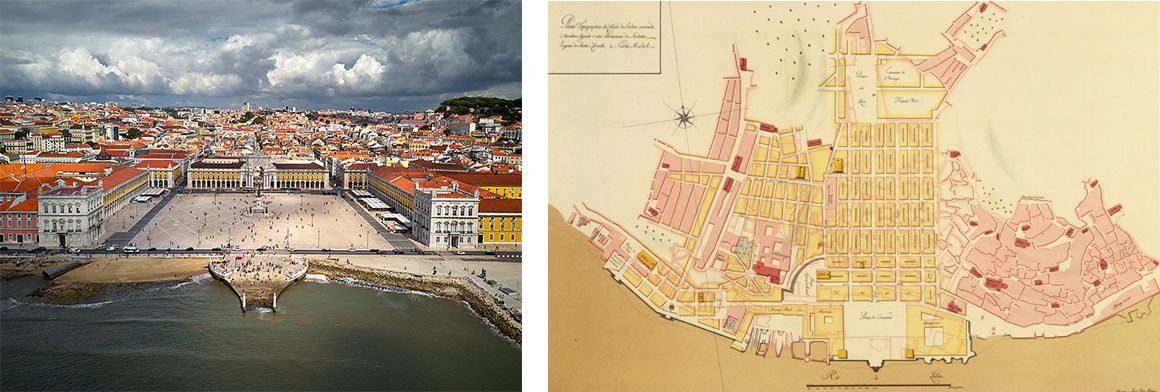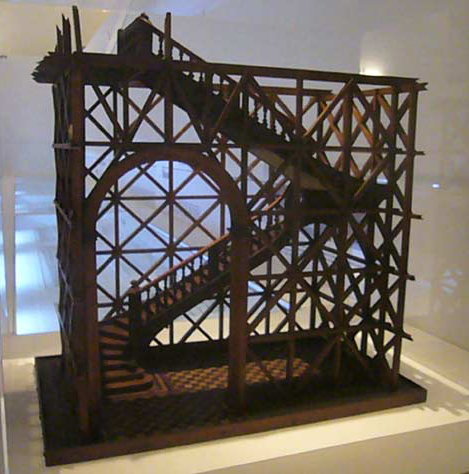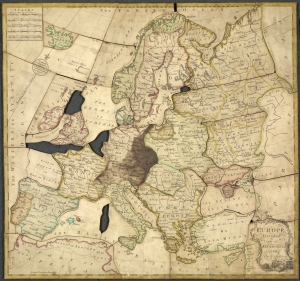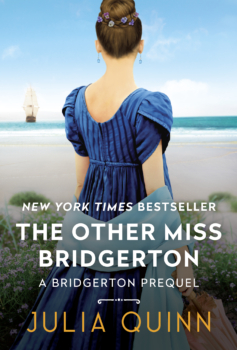- If you’ve read The Girl With the Make Believe Husband (Book 2 in the Rokesby series) you know that it ended with Edward Rokesby asking about his brother Andrew. To which George Rokesby replies, “Well, now that is quite a story.” This is where I admit that I had NO IDEA what that story might be. I figured—Andrew is such a fun character, surely he’s up to something romance novel-worthy. I eventually cooked up a plot in which he was sent to the central European principality of Wachtenberg-Molstein (don’t try to locate it on a map; I made it up). His job was to escort a princess back to London. He wasn’t going to fall in love with the princess, though; he was destined for her more sensible (and less likely to cause a diplomatic incident) only semi-royal cousin. At least that was the plan. All this, and I had the added bonus of being able to gather research on a Danube river cruise I took with my niece. Score!
- Alas, the story went nowhere. I don’t think I even made it out of Chapter Two. I finally gave up and started afresh, but I was so annoyed that I decided Andrew would still have to go to Wachtenberg-Molstein. And indeed, you’ll find mention of it—and his eventful journey home—within the pages of The Other Miss Bridgerton.
- In 1755 Lisbon was hit by a devastating earthquake, the magnitude of which is now estimated between 8.5 and 9 on the Richter scale. Three tsunamis and a fire followed, and by the time the it was all over, 85% of Lisbon’s buildings had been destroyed. The rebuilding effort commenced soon thereafter; barely a month after the quake, the king and prime minister had approved a plan to raze the Baixa quarter and “lay out new streets without restraint.”


- This rebuilt neighborhood has endured, and its buildings are considered some of the earliest seismically protective architecture in Europe. Most buildings were built over framework known as Pombaline Cages (named for the first Marqês de Pombal, who led the reconstruction efforts). I knew that Andrew would be fascinated by the construction; one has only to look at his passion for building card houses to know that he’s an architect at heart.
- I discovered malasadas in Honolulu, of all places. While visiting with my sister, I decided we HAD to find a true local place to eat, and we ended up at Leonard’s Bakery, which was founded in 1952 by Leonard & Margaret Rego. Leonard was the grandson of Portuguese immigrants, and when he introduced the “Portuguese Doughnut” to Hawaii it was an instant hit.


- I stumbled upon the idea of dissected maps when I was researching the history of jigsaw puzzles. (I can no longer remember why; maybe just because I love them myself.) There is some disagreement over who made the first one, but John Spilsbury, a London-based cartographer and engraver, was certainly among the earliest manufacturers. A map would be overlaid on thin wood, then cut along geopolitical boundaries with a handheld saw.
- The maps were very expensive and quickly became a symbol of wealth and privilege. Jane Austen alludes to this in Mansfield Park when Fanny Price is mocked by her wealthy cousin who says, “Dear mama, only think, my cousin cannot put the map of Europe together.”
- As far as I can tell, there were no dissected maps cut like Andrew’s—into many pieces, with no regard for geographical or political boundaries. Andrew’s puzzle would have been extremely expensive, but I think it’s exactly the sort of thing he’d choose to spend his hard-earned money on.

- When I was growing up, we put our Scrabble tiles in a purple and gold Crown Royal drawstring bag. I have no idea why; my parents are not big drinkers, and I’ve never seen either one of them drink Crown Royal. But the memory is strong, and so when I needed a bag for the puzzle pieces, I immediately pictured it as purple and gold.
- Finally, did you catch the brief mention of the Duchess of Wyndham? This is the same duchess who shows up much older (as the dowager duchess) in The Lost Duke of Wyndham and Mr. Cavendish, I Presume. Poppy is fairly certain that the duchess didn’t like her when they met, which seems exactly right, as the duchess we know doesn’t like anyone.
Images:
· Port of Lisbon street scene & map. Photo is licensed under the Creative Commons Attribution 2.0 Generic license. 1756 map is in the public domain.
· Pombaline Cage: Image is licensed under the Creative Commons Attribution-Share Alike 3.0 Unported license.
· Leonard’s Bakery image courtesy of leonardshawaii.com. Malasadas photo from Baking Bites review of Leonard’s.
· Dissected map: Image is licensed under the Creative Commons CC0 1.0 Universal Public Domain.
· Crown Royal bag: Image from the amazon.com listing.
· Port of Lisbon street scene & map. Photo is licensed under the Creative Commons Attribution 2.0 Generic license. 1756 map is in the public domain.
· Pombaline Cage: Image is licensed under the Creative Commons Attribution-Share Alike 3.0 Unported license.
· Leonard’s Bakery image courtesy of leonardshawaii.com. Malasadas photo from Baking Bites review of Leonard’s.
· Dissected map: Image is licensed under the Creative Commons CC0 1.0 Universal Public Domain.
· Crown Royal bag: Image from the amazon.com listing.





